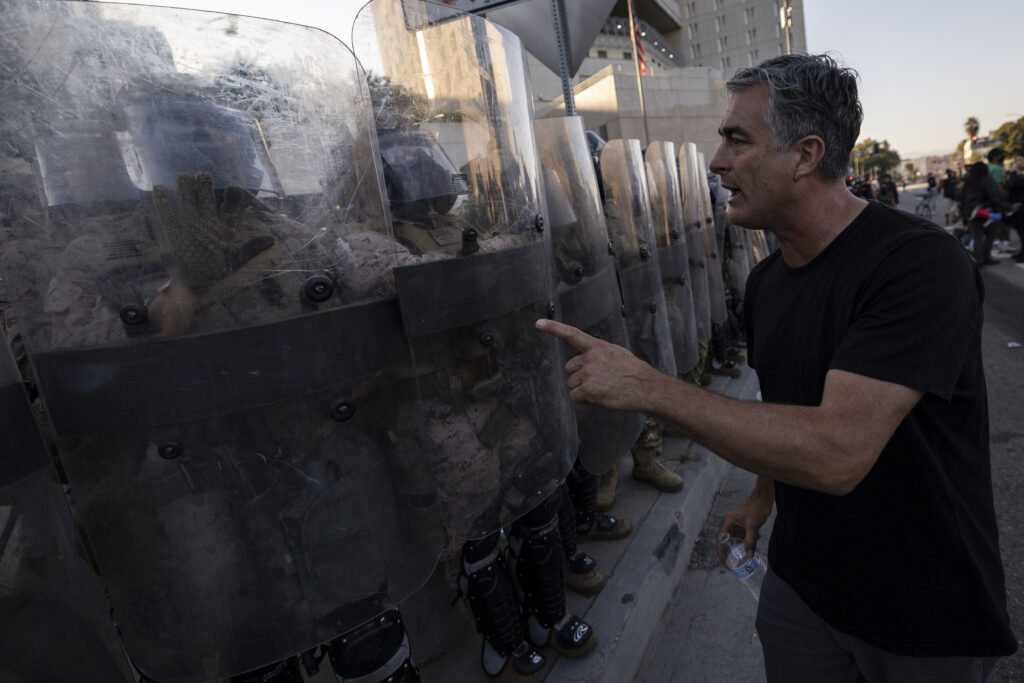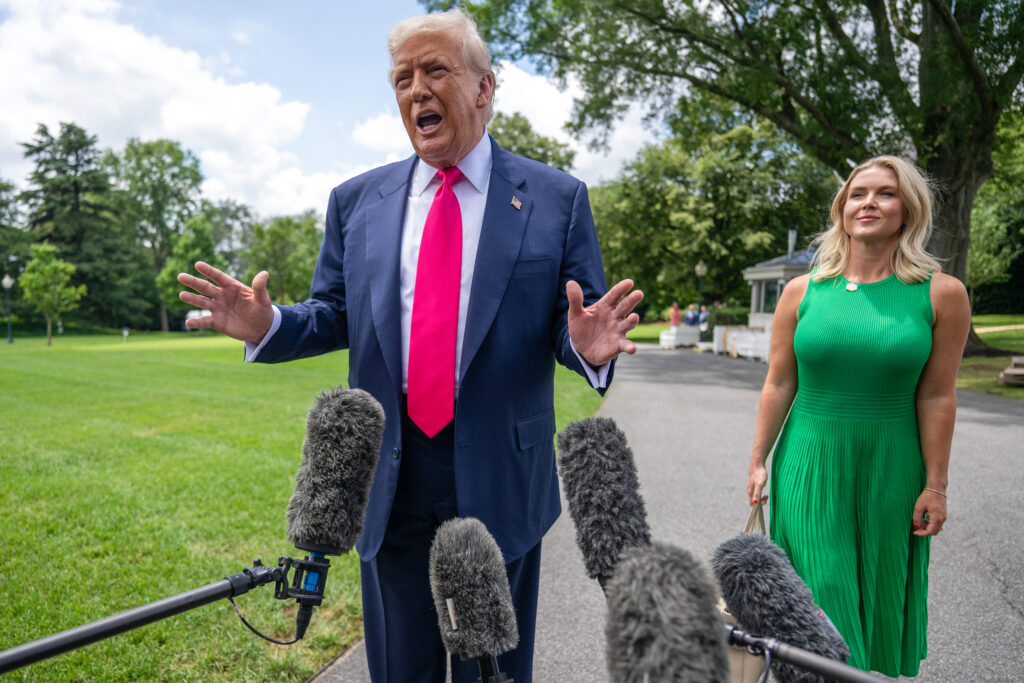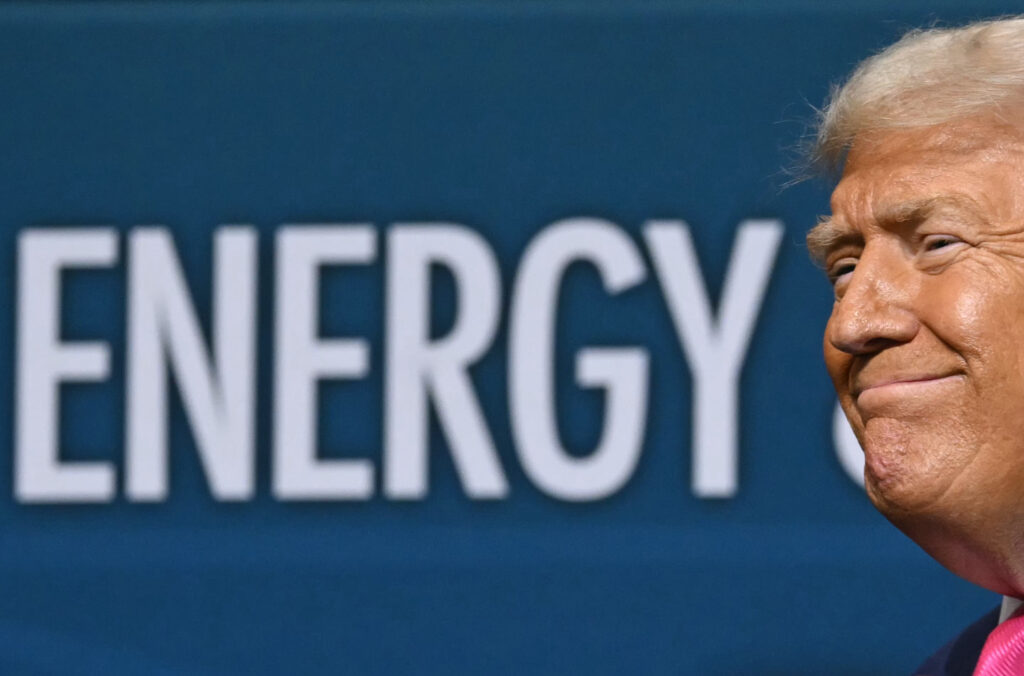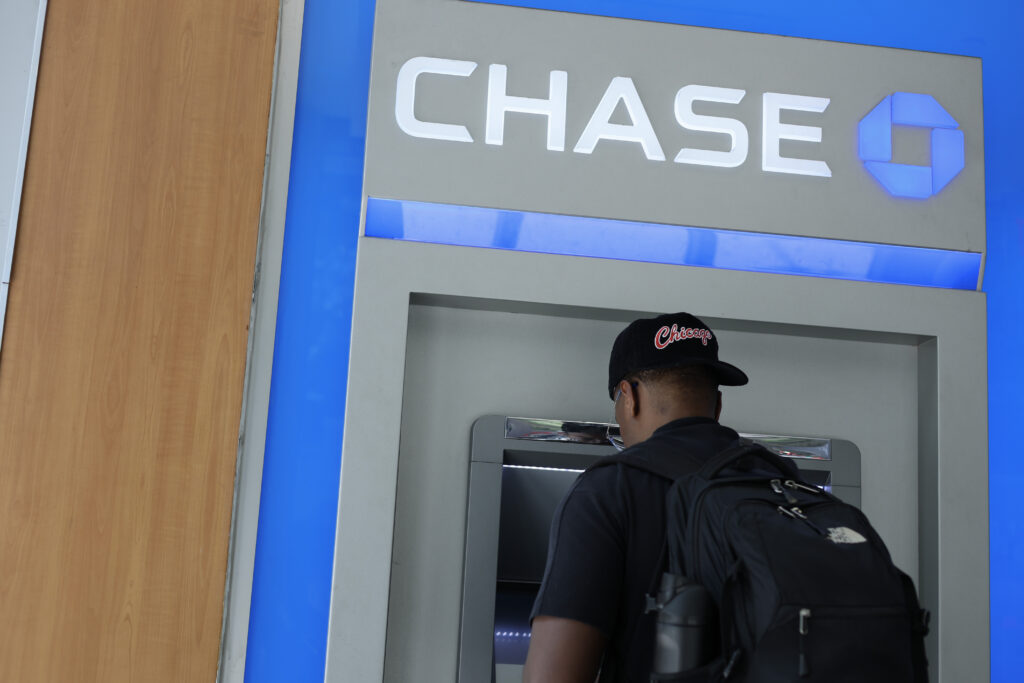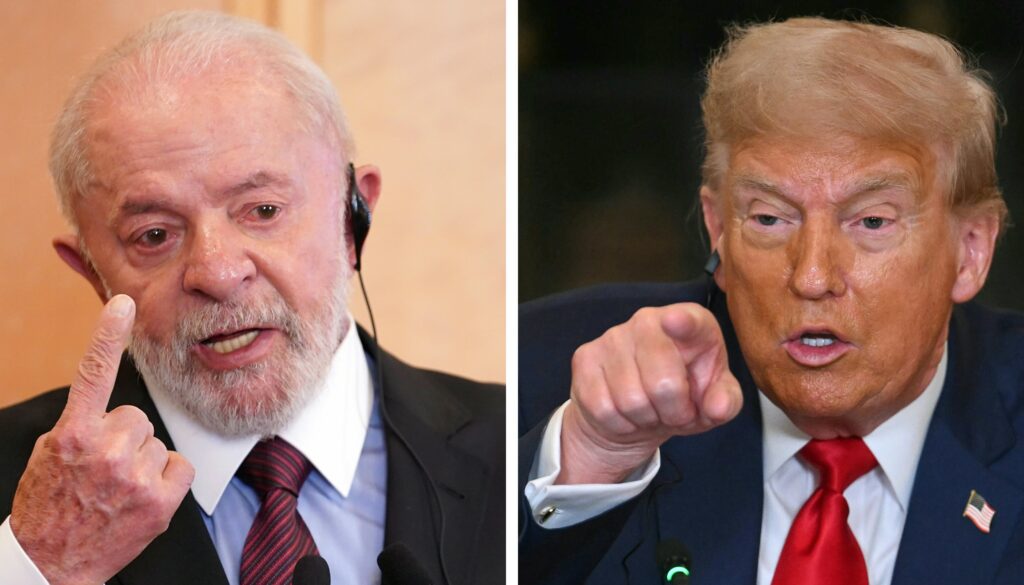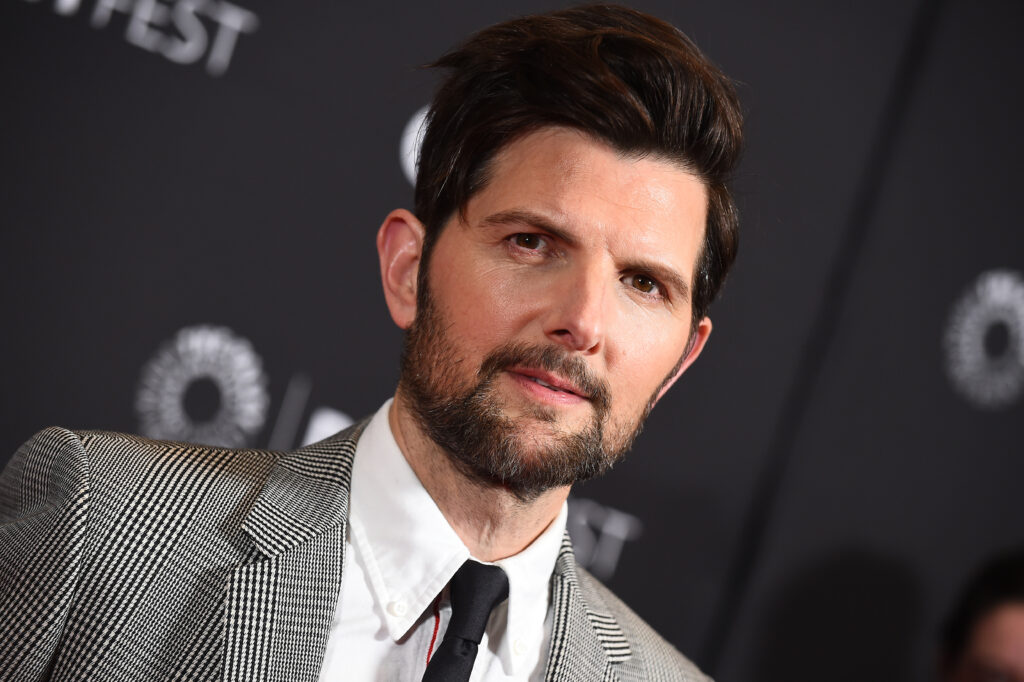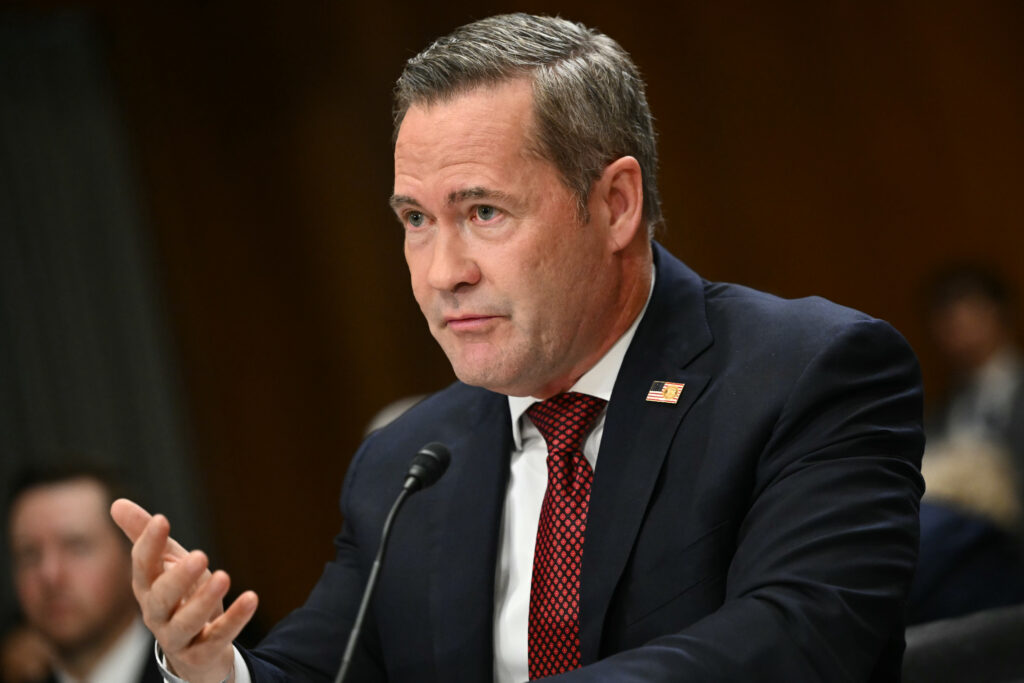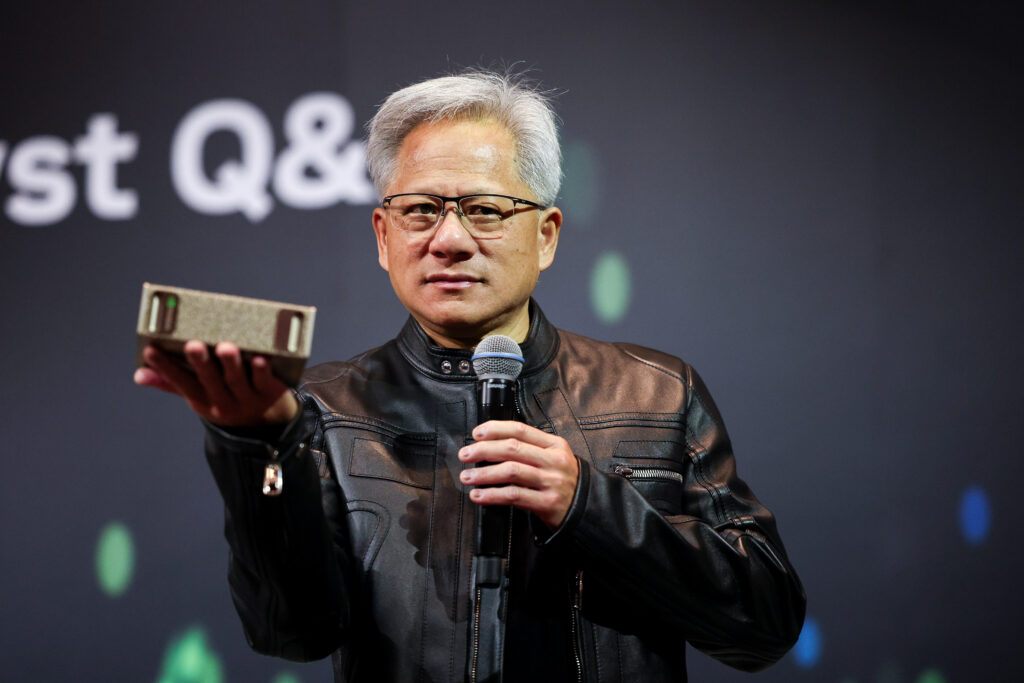Pentagon chief downsizes contentious LA troop deployment
US Defense Secretary Pete Hegseth has ordered the withdrawal of 2,000 National Guard troops from Los Angeles, roughly halving the contentious deployment in the city, the Pentagon said Tuesday.President Donald Trump ordered thousands of National Guard and hundreds of Marines into Los Angeles last month in response to protests over federal immigration sweeps — a move opposed by city leaders and California’s Democratic Governor Gavin Newsom.”Thousands of members are still federalized in Los Angeles for no reason and unable to carry out their critical duties across the state,” Newsom wrote on X, referring to the Guard’s support of firefighting missions across the state. “End this theater and send everyone home,” Newsom said.Pentagon spokesman Sean Parnell on Tuesday confirmed the release “of 2,000 California National Guardsmen (79th IBCT) from the federal protection mission,” adding “the lawlessness in Los Angeles is subsiding.” Mayor Karen Bass credited peaceful protests and legal action for the withdrawal, which she termed a “retreat.””This happened because the people of Los Angeles stood united and stood strong. We organized peaceful protests, we came together at rallies, we took the Trump administration to court — all of this led to today’s retreat,” the Democratic mayor said. As a so-called “sanctuary city” with hundreds of thousands of undocumented people, Los Angeles has been in the crosshairs of the Trump administration since the Republican returned to office in January.After immigration enforcement raids spurred unrest and protests last month, Trump — who has repeatedly exaggerated the scale of the unrest — dispatched the National Guard and US Marines to quell the disruption.It was the first time since 1965 that a US president deployed the National Guard against the wishes of a state governor. Newsom has said the troops were not necessary to address the mostly peaceful protests. In late June, his office reported California National Guard firefighting crews were “operating at just 40% capacity due to Trump’s illegal Guard deployment” as fires were “popping up across the state.”California is fighting the Trump administration in court over the deployment, arguing that the president overstepped his authority, though the troops have been allowed to remain for now.
